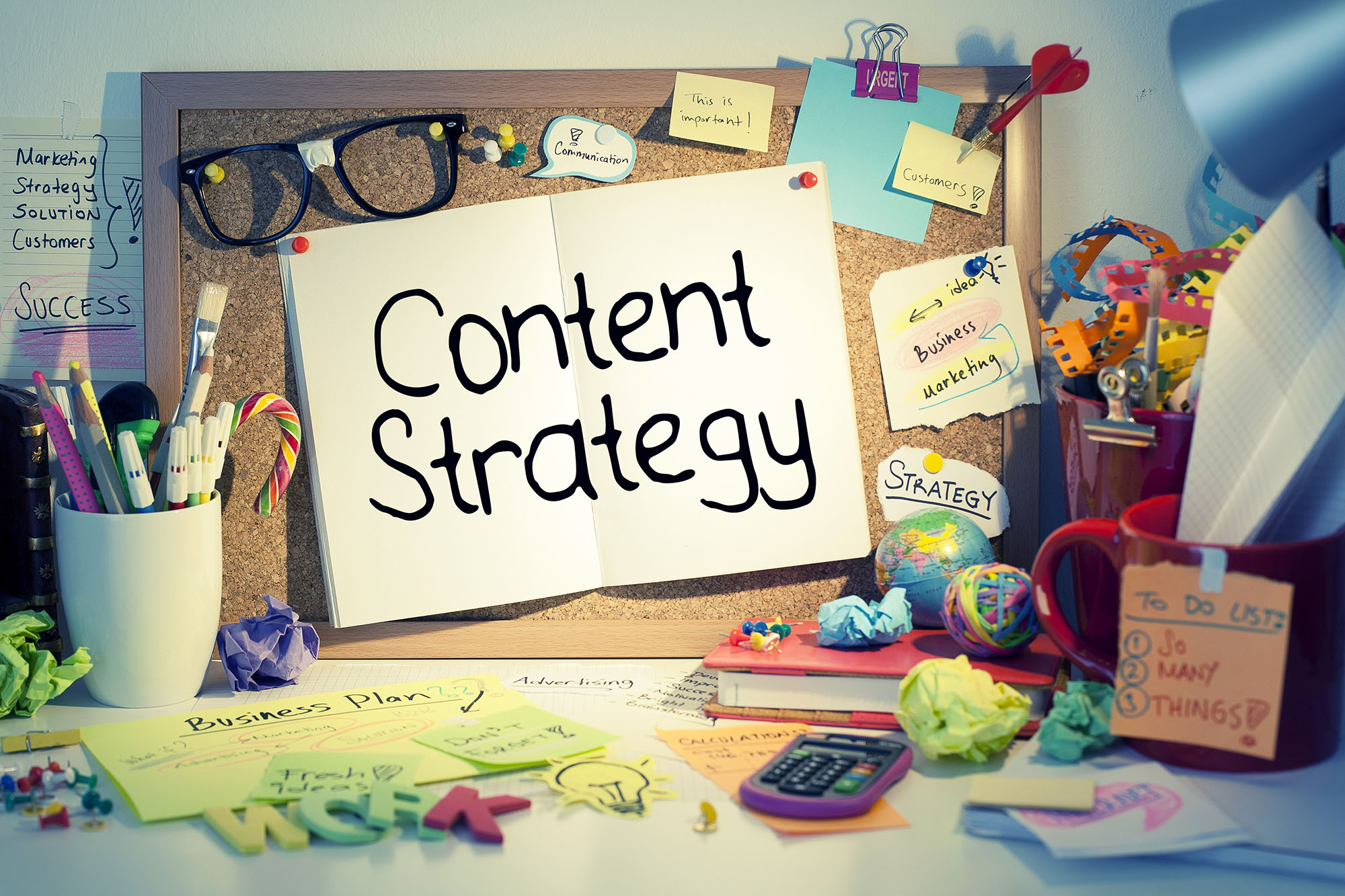
The Psychology of Action
Before we delve into the nuts and bolts, it’s important to understand the psychology behind a CTA. People are more likely to take action if they perceive the benefits to outweigh the costs, whether it’s time, effort, or money. Your CTA should make the benefits of taking action crystal clear while minimizing any perceived costs or risks.
The Basics: Text, Color, and Placement
Let’s start with the basics that apply to almost any CTA:
- Text: The CTA text should be action-oriented and specific. Instead of generic phrases like “Click Here,” use more descriptive verbs like “Get Started,” “Discover,” or “Learn More.”
- Color: The color of your CTA button should stand out from the rest of the page, drawing the eye and making it easy to find.
- Placement: Your CTA should be prominently placed but also logically positioned within the flow of the page, often at the end or at strategic intervals.
Personalization
The more personalized a CTA is, the more effective it tends to be. If possible, use data and customer segmentation to tailor your CTAs for different audience groups. For instance, a first-time visitor could see a CTA for a beginner’s guide, while a returning visitor might see a CTA for a more advanced resource.
Urgency and Scarcity
Creating a sense of urgency or scarcity can motivate visitors to act quickly. Phrases like “Limited Time Offer” or “Only a Few Spots Left” can instill a fear of missing out (FOMO), prompting quicker action.
A/B Testing
The effectiveness of a CTA can often be difficult to predict. This is where A/B testing comes in. By showing two slightly different versions of your CTA to separate groups of visitors, you can gather data on which version performs better and make informed decisions accordingly.
Multiple CTAs
While it’s generally a good idea to have a single, clear action you’d like visitors to take, there are scenarios where multiple CTAs may be beneficial. If you choose to go this route, make sure each CTA serves a distinct purpose and that they are presented in a hierarchy to avoid confusing the visitor.
Conclusion
A well-crafted CTA can significantly improve your landing page’s conversion rate. By understanding the psychology of action and employing strategies around text, color, and placement, you can craft CTAs that effectively drive your desired outcomes. Personalization, urgency, and testing further refine your approach, making your CTA a powerful tool in your landing page arsenal.








